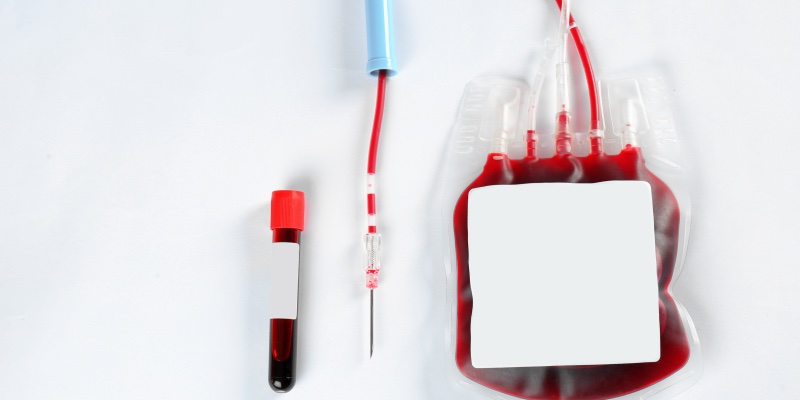The blood cold chain is a massive undertaking on a global scale, which is not something most people are aware of. The access to a secure blood supply is, however, a major factor in providing effective healthcare throughout the world. The reliability of the blood cold chain can therefore be measured in actual saved lives.
The World Health Organization (WHO), estimates that the yearly amount of blood donations collected is 112,5 million bags, which translates, with a little calculation, to approximately 50 million liters. About a half of this amount is donated in high-income countries, and while this approximately answers the need for blood there, it means that in the more populous low-income countries there exists a constant undersupply of blood.
Expensive equipment
But the lack of donated blood is not the only problem facing low-income countries. While one donation of blood can save approximately three lives, storing donated whole blood and other blood products is often challenging in an environment where temperature conditions are apt to change drastically and many of the equipment used for storing blood are insufficient to the task. WHO also warns that low-income countries do not have sufficient means of producing blood derivatives, and must therefore use whole blood – a less cost-effective means of blood transfusion.
Demanding temperatures
High-income nations with their better equipment can cope more easily, but blood transportation is no easy task even then. The challenge here comes from the fact that the various blood products being shipped throughout the world need very special conditions to stay viable.
The donated whole blood can be transported at +20 - +24 °C for six hours, after which it must be cooled to between +2 - +6 °C. After having been sorted to components, red blood cells require temperatures between +2 - +6 °C, fresh frozen plasma below -20 °C and platelet concentrates between +20 - +24 °C. The blood cold chain needs to handle the whole range of temperatures for different products.
And there are other questions as well. The emergency blood in ambulances all over the world can easily get tossed away at the end of the shift if there is no temperature measuring control in place. The same is true of emergency blood on hand at surgeries.
The Future of Blood Cold Chain
So there is waste in all kinds of places within the blood cold chain, regardless of the relative wealth of the nations in question. The situation is most pressing in the low- to middle- tier, which WHO is attempting to tackle by helping countries set up better-equipped and more visibly monitored cold chain practices. The end goal is to make blood transfusion safer and more cost-effective all round.
Of course, the challenges now faced by the high-income countries will become the challenges of everyone once adequate equipment becomes available to all. Tightening control naturally requires better monitoring devices in order to validate the safety of all blood products and eliminate waste.
But many monitoring devices struggle to cope with such varying temperatures as the blood cold chain demands. Sensire delivers on this count with products for the temperature management of all the links in that chain. Our experience with the Finnish Red Cross, which trusts us with producing the solutions for their cold chain needs, proves our knowledge in tackling these problems.
Looking forward to more articles like this one? Follow Sensire on social media and you'll be the first to know when new articles turn up!
